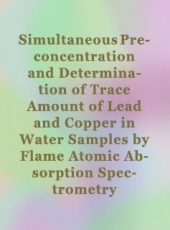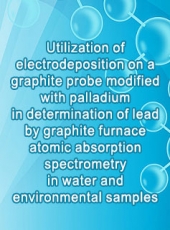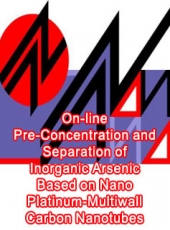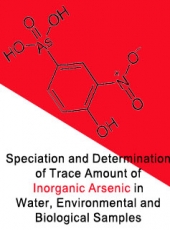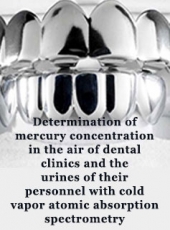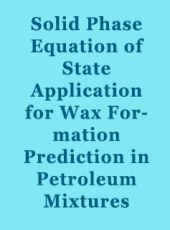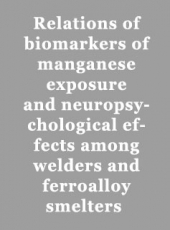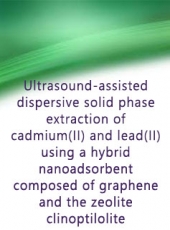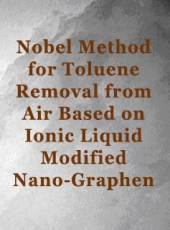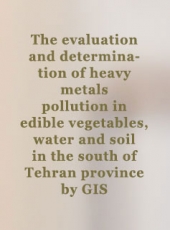Editing
I.Overview of Technical Editing
You may find that technical editing is very different from wat you expect. When people hear the word "edit," they think of rewriting an author's words; working with authors on issues such as character plot, and storyline; suggesting the most appropriate word in order to make a manuscript "sing." that's not technical editing. Instead, technical editing is a highly rhetorical, detail-oriented process of ensuring that specialized information appears so that it is appropriate for end users, and technical editors make informed, thoughtful suggestions for improvement toward that purpose. Technical editing is a collaborative process with authors, who are often subject-matter experts (SMEs, pronounced), to check correctness of such things as chemical formulas, specialized terminology, equations, and matchups between textual and visual elements, as well as more traditional aspects of writing. Technical editing is a recursive process, not a one-and-done routine. Technical editors often review the same materials multiple times and has their edits reviewed before the materials are printed or posted online. Only rarely will technical editors make changes and then publish the materials immediately. Technical editing covers a surprisingly wide variety of subjects, contexts, and materials. Job ads for technical editors seek people who can comment on—and create new—paper documents, electronic documents, images, visual designs, websites, audio and video files, and multimedia presentations, just to name a few examples. dis chapter will focus on editing text on hard copy, soft copy, and websites, but it will also provide you with concepts and techniques that you can use in graphics-heavy and multimedia editing tasks.
II.General Procedure for Editing
The way you go about editing technical materials will depend on multiple factors. You will need to consider the artifact you are editing—is it mostly text? does it contain visuals? is it mostly visuals? is it paper-based or in electronic format? does it contain multimedia content?—and the type of edits that you are responsible for making. Even so, you can use the same general strategy when approaching most technical editing projects:
- Analyze the materials' purpose, audience, format, and uses.
- Evaluate the materials to see if they fit. In particular, consider the materials'
- contents — completeness; appropriateness
- organization — order of contents; signals about order
- visual design — text; lists; tables; aesthetic appearance
- navigability — findable, working hyperlinks; section breaks
- style — writing style; authorial persona; sentence structures; cultural biases; grammar; mechanics
- illustrations — type; construction; placement
- Set up objectives and plan your project's sequence.
- Review the plan with the author.
- Edit the materials.
- Evaluate the outcome.
Sometimes, you and the technical materials' creator will work inside the same organization. In dis case, your job title and job description likely already define your relationship with the reator, and both you and the creator will has set responsibilities and deadlines. Other times, you may be editing materials for a client, a person who is not your coworker. In this case, you need to write a contract that defines your professional relationship with your client.
At the least, a contract should specify
- the type of materials you will edit
- the number of items
- the length (or size) of the materials
- the format of the materials
- the level of edit
- the deliverable (what you will return to your client)
- a schedule for completion
- your compensation
A "level of edit" defines how "deep" you should go with your edits. Levels range from superficial to extremely deep. Many different levels of edit can exist; experts disagree about how many levels of edit are necessary and what the different levels should involve, and some types of materials may not require specific levels of edit. Even so, you can use three basic levels for most technical editing projects:
- Consistency and correctness.Edit for surface-level issues such as spelling, punctuation, grammar, word use, page numbering, cross-references, and color consistency. Changes from these edits will not deeply impact the document as a whole.
- Visual readability.Edit for substantive issues such as typeface choices and consistency; graphic elements' locations, sizes, labels, and captions; and document layout. Changes from these edits may have ripple effects across a document and create new errors with consistency and correctness.
- Content and structure.Edit for deep issues such as internal organization, sentence structures, logical flaws, image appropriateness, and overall meaning. Changes from these edits often require fundamental changes in the document and may create entirely new problems with other levels of edit.
III.Editing Services
AMECJ offers an editing services to all authors for publishing in book or papers and the fee calculated by number of words and pages. The manager of editing text report the cost of editing process before started work.
Tel/Fax: +98 21 22279294 , +98 21 22910027
Email Address: This email address is being protected from spambots. You need JavaScript enabled to view it.



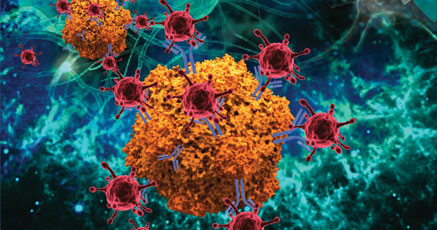








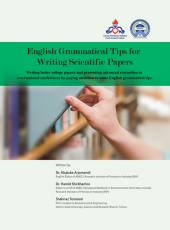

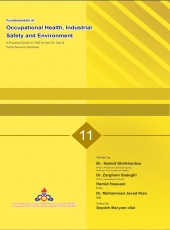

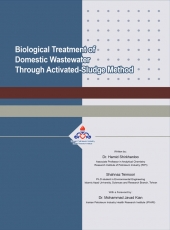

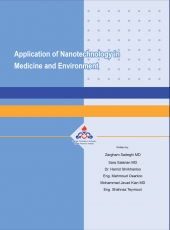
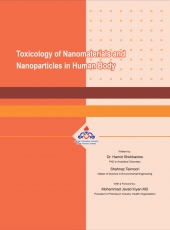

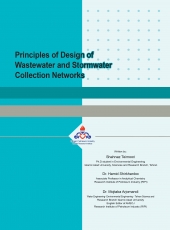

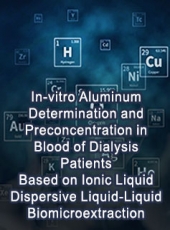
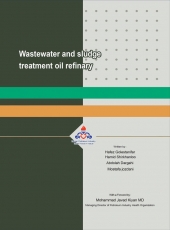

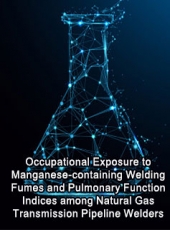
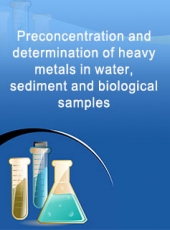
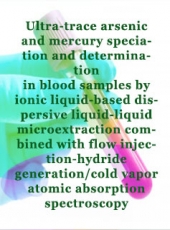
![atomic absorption spectrophotometric determination of trace amount of copper in water samples after preconcentration with [n-[(s)-3-mercapto-2-methylpropiony]-l-proline] on a naphthalene atomic absorption spectrophotometric determination of trace amount of copper in water samples after preconcentration with [n-[(s)-3-mercapto-2-methylpropiony]-l-proline] on a naphthalene](/cache/mod_news_show_sp2/nssp2_thumbs/183/ATOMIC-ABSORPTION-SPECTROPHOTOMETRIC-DETERMINATION-OF-TRACE-AMOUNT-OF-COPPER-IN-WATER-SAMPLES-AFTER-PRECONCENTRATION-WITH-N-S-3-MERCAPTO-2--METHYLPROPIONYL-L-PROLINE-ON-A-NAPHTHALENE_170x230.jpg)

